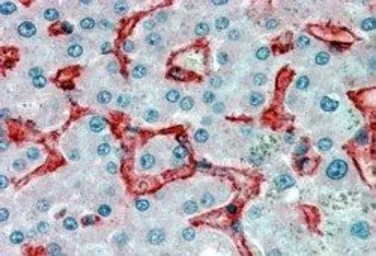VAP1 antibody, Internal
Cat. No. GTX89161
Cat. No. GTX89161
-
HostGoat
-
ClonalityPolyclonal
-
IsotypeIgG
-
ApplicationsIHC-P
-
ReactivityHuman
